At the start of 2020 and with the Oscars focusing our attention on the best visual effects of 2019, we cast the net wider to ask: ‘What were the best visual effects sequences of the last decade?’ We did an informal poll of visual effects supervisors, artists, software researchers, fxguide contributors and practitioners, to find out what sequences had a real impact over the last decade.
The criteria was simple: we were not after the best film, or even the best visual effects film, but rather the best sequence in any film. While the Oscars reward the whole film’s contribution and even the VES awards focus on a film or TV show as a whole, sometimes it is only a sequence or even a single shot that we respond to, are inspired by and remember.
To be clear, this is not a competition, but a celebration of the innovation, imagination, and dedication of artists the world over to the shot they are working on. A VFX artist cannot control the script, the marketing and most often, not even the edit, but they can make the next 120 frames they are working on the best 5 seconds of screen visuals of their career.
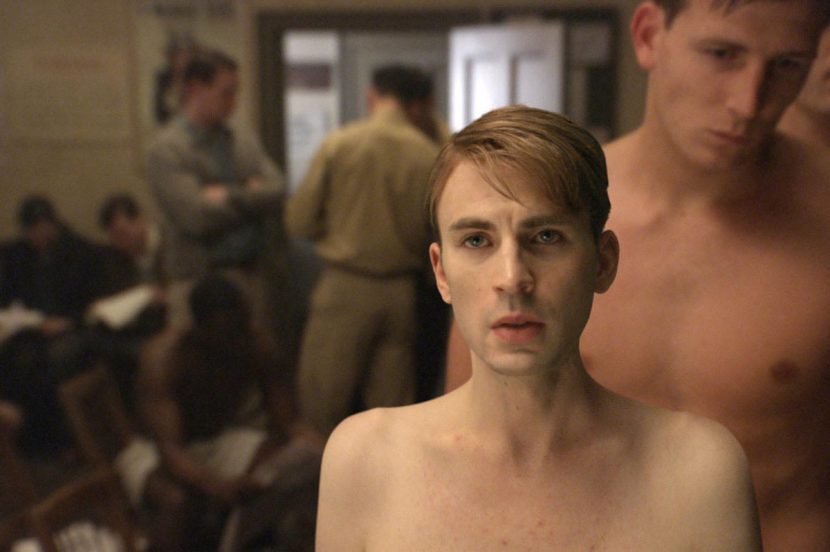
Todd Vaziri at ILM pointed to a couple of examples, but one that we certainly have raved about:
- “Skinny Steve” in “Captain America” (2011). Nearly nine years later, I think the Skinny Steve sequences from Captain America still blow me away. The actual execution of the visual effects work (warping real photography to make an extremely tall and athletic Chris Evans look like a 90-pound weakling for the first half of the film) is top-notch and shows no seams. But the overall outrageous audacity of the idea and design embarking on this journey is what still inspires me. And it begins with the casting of the film. Chris Evans, while already an accomplished actor, was not a household-named-superstar when this film debuted, so there wasn’t a built-in reason for the audience NOT to fully accept this young, slight, underweight soldier with a lot of heart. Which makes the ultimate transition to the real-world physique of Chris Evans that much more dramatic and powerful. The Skinny Steve sequences were also filmed in an ordinary way, only occasionally adding subtle framing cues to accentuate his smaller stature. To me, this is as significant and ground-breaking as some of the work from Forrest Gump (1994); much like the transformation of Gary Sinise into post-war Lt. Dan with his legs removed, the Skinny Steve work serves a strong narrative purpose without drawing excessive attention to itself.
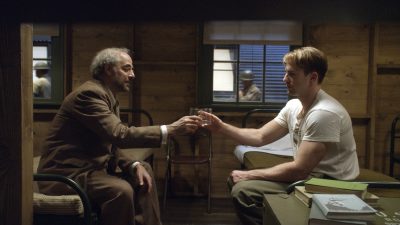
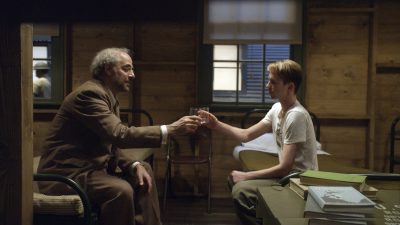
There is no doubt that the compositing work to achieve Skinny Steve was jaw-dropping to the point of almost being unbelievably good. Furthermore, these shots hold up extremely well 9 years later.
For more on this see our 2011 Case study on “How to Make an American Wimp”. This is also the most read fxguide Marvel (MCU) related story of the last decade.
Matt Wallin, co-host of the VFXshow agreed with the comments about Skinny Steve, adding that “Lola’s work on this project, their de-aging work, and the effectiveness of these storytelling visual effects has spurred other lines of technological development raising the bar further with even greater fidelity, new software, and hardware at other studios in films like this year’s Gemini Man and the Irishman“.
Matt Wallin highlighted a second sequence,
- “The second sequence that I just loved and can’t seem to get out of my head was the final confrontation in Alex Garland’s film Annihilation (2018). While it wasn’t ground-breaking visual effects on a technical level, it was profoundly effective on a story and character level in a way that I found deeply satisfying and captivating. The Mandelbulb “alien” confrontation in the bowels of the lighthouse was the first mesmerizing moment. I believe it was done in Houdini and its undulating form, color, and illumination created a memorable raw alien form I hadn’t yet seen in a movie. The following symmetrical dance and fight between the protagonist and the doppelgänger was such an innovative use of performance capture, with the music bringing story and theme together without dialogue. It epitomizes, for me, innovative visual effects serving to tell a story in a way that it couldn’t have been done otherwise. Not my favorite film of the decade, but certainly one of my favorite sequences by far.”
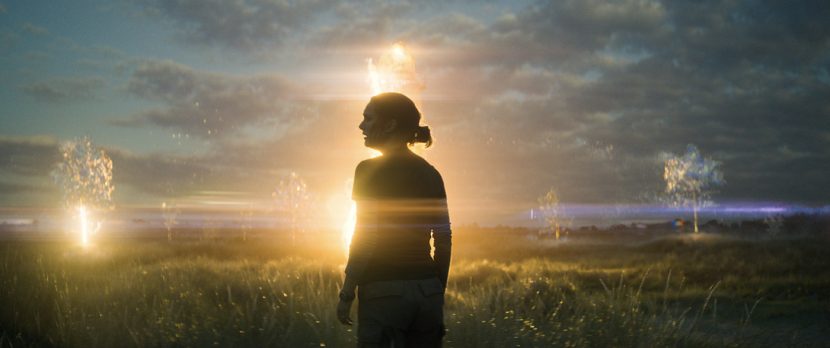
Matt also gave notable mentions to
- Black Swan (2010) “the mirrors and the end sequence”; Ex Machina (2014) “for Ava“; Her (2013) “those exterior environments of a future LA“; Mindhunter (2017) “so many fantastic period environments“; and Blade Runner 2049, “everything about it”.
- Life of Pi. “Rhythm and Hues broke new ground with the character and environment work on the film and paved the way for more amazing work by filmmakers and studios in subsequent films like the Planet of the Apes trilogy, The Jungle Book, and The Lion King. Animals can be animated and rendered with pitch-perfect realism.”
It is hard to think of the Oscar-winning Life of Pi, without thinking about the fate of Rhythm and Hues, but it is also important to recall just how incredible the visual effects animation was at producing core character performances in that film. As Matt mentioned, Life of Pi was the grandfather of so many great creature animation performances that would follow.
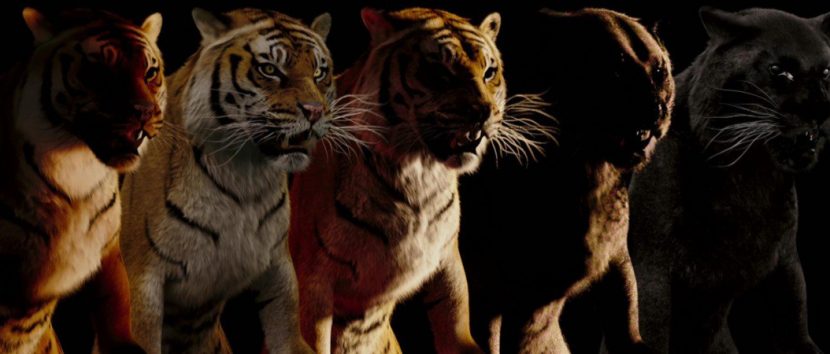
Several people pointed out the significance of The Jungle Book (2016). The film was both important and visually stunning. Three artists at MPC separately commented on The Jungle Book,
- “For me, one of the best VFX Sequences of the decade is the Lazy River sequence from The Jungle Book. It features an amazing photo-real full CG environment, consisting of dense and varied foliage, as well as a highly detailed water simulation that had to look beautiful as well as interact with a complex fur simulation, all while seamlessly incorporating a practically shot Mowgli sitting on Baloo’s chest,” commented Oliver Winwood, CG Supervisor.
- “I would say the wildebeest sequence in The Jungle Book. I was really impressed by this sequence – the animation, environment and FX work I thought were outstanding, and were really pushing the boundary on what MPC had done up to that point,” said Lisa Gonzalez, Asset Supervisor.
- “The Jungle Book immediately comes to mind, but possibly not for the sequences you’d expect. The one that I keep coming back to is Mowgli leaving the wolf pack. The interaction between Mowgli and Raksha looks great, and more importantly feels emotionally real,” explained Oliver Dale, Animation Lead.
The Jungle Book not only impressed in terms of animation, interaction and rendering, but it also lead to the incredible surge of interest to explore greater on-set visual effects and the current era of virtual production, which is exploding worldwide. The film would go on to win the Oscar at the start of 2017 for Adam Valdez, Dan Lemmon, Robert Legato and Andrew R. Jones. Director Jon Favreau, already a major force in film making, would expand the VFX universe further with the artistic follow up The Lion King, Oscar-nominated this year.
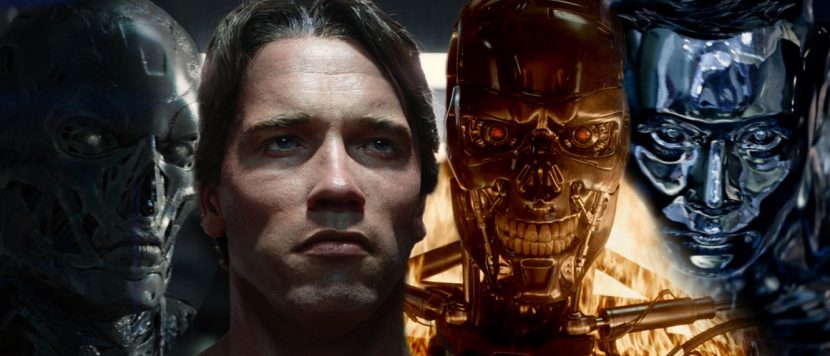
MPC had a remarkable decade from a digital Arnie to the world of The Martian (2016), Guardians of the Galaxy (2015) and Blade Runner 2049 (2018) which was mentioned multiple times for its profound visuals. As one might imagine, MPC’s work on The Jungle Book and The Lion King featured very strongly from several people across the world. Daniele Bigi from ILM commented,
- The Environments of The Lion King (2019), “were probably the most photorealistic environments done in a full CG animated movie.”
Bigi also highlighted another UK company’s work:
- The Space station in Gravity (2013), Framestore continued to lead the industry to fully embrace a path tracing rendering system, using Arnold to deliver all the VFX shots in the movie. The space station in Gravity was the most realistic representation of a space station done in a movie.
Similar to the impact we can see from Life of Pi in advancing digital animals, Skinny Steve was a cornerstone in the development of Digital Humans and led to an era of de-aging effects sequences. However, one could argue that Lola’s successful de-aging work, the incredible work of Weta Digital in creating digital Paul Walker (Furious 7, 2015), also directly led to the environment that allowed Gemini Man and The Irishman to be made.
This work, lead by Joe Letteri, Martin Hill and Daniel Barrett, was a leap above all that had come before in realism. When we spoke to him for the story, Dr. Paul Debevec pointed out that,
- When Paul Walker tragically passed halfway through principal photography, the entire film — and the entire franchise — was shelved. When it emerged that his family would support finishing his role using digital technology, it started an unprecedented effort to create a photoreal digital version of an actor that would have to intercut with his real self. Leveraging scans of Paul’s younger brothers Caleb and Cody, Weta Digital created the most detailed, most believable digital human actor ever made, contributing to over 300 shots in the final film. But following the studio’s concern not to distract from the audience’s enjoyment of Paul’s final performance, there was very little mention of the extensive digital character work done in the film for nearly a year after its release. As a result, Furious 7 didn’t even make the Academy’s shortlist for Best Visual Effects for 2015. But the technological advancements allowed Weta to continue creating ground-breaking photoreal digital characters in films such as Central Intelligence and Gemini Man.
Another significant digital human sequence was the pioneering work ILM undertook with recreating a digital Grand Moff Tarkin for Rogue One: A Star Wars Story (2016). This film is part of an ongoing effort to solve digital humans that we explored in our 2017 story: ILM’s Digital Human Sci-tech Award Winning pipeline and in a video we made with our media partners WIRED Magazine
ILM produced such a wealth of stunning visual effects in Star Wars films alone, it is hard to imagine they had time for anything else. Yet remember the many great ILM sequences in so many films this past decade, such as the Avengers films with the Hulk (and many other Marvel films), incredible animation in the Transformers, Bumblebee, and Pacific Rim films, as well as great cinematic VFX moments in films such as Unbroken (2014), Lucy (2014), Ready Player One (2018) and six minutes of screen time, of the now-infamous mama grizzly that mauls The Revenant (2015).
Ape Acting
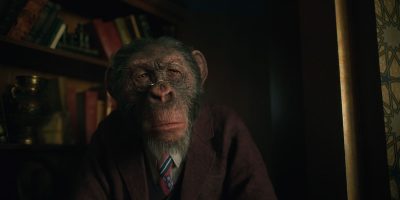
Beyond the world of Digital Humans, Weta Digital has become known as the world’s leading Primate and digital Monkey experts in films. Their work continues in this area today, from Dr. Pogo in Umbrella Academy (2019), to most recently the mandrills in Jumanji: The Next Level. However, the trailblazing work that touched the most people we spoke to was their signature work in the Planet of the Apes films. What is remarkable about this work is the quality of the acting that the fully digital Apes present. The level of subtext in Dawn of Planet of Apes, when Koba confronts the humans is remarkable. At the time, Dan Lemmon discussed with us the change, “from malevolent and menacing Koba to this silly sort of circus ape performance. You see Koba’s decision, you see him snap into it and put on an act – and it’s a layered performance.” But this was just one of the remarkable pieces of non-verbal acting done in that film, as Nic Lambert, VFX supervisor Boundary Visual Effects commented:
- “One moment that sticks with me is when Maurice meets the teenage boy, Alexander, in Dawn of the Planet of the Apes. I still can’t believe it’s not a real Orangutan. The acting by Karin Konoval as Maurice is perfect. It is an emotional moment that could have been ruined by anything other than flawless visual effects. Weta set a new high bar in photorealistic digital character work in this sequence. From on-location motion capture, the advances in re-targeting & enhancing the actor’s performance to the amazing texture and fur work. Joe Letteri, Christoph Salzmann, Paul Story & their crews delivered ground-breaking work.”
Unusual Perspectives for the Audience
Visual effects has the power to show the impossible and show it from a point of view or angle that is both brilliant and tells the story in a fresh way. Patrick Tubach at ILM, named one such sequence, the Kitchen Scene from X-Men Days of Future Past ( 2014) by Rising Sun Pictures VFX.
- “One of my favorite, and perhaps lesser known but memorable, VFX moments is the Kitchen Scene from X-Men Days of Future Past, where time is slowed way down and Quicksilver runs around the room, rearranging the bullets to get them out of a tough situation with some security guards. This is a fantastic example of using VFX overtly to delight the audience. It’s not the first or last “clock stopping” moment in VFX history but there was a great style and execution in that scene.”
Max Effects
There was one film that was consistently mentioned, but without a single one particular shot or scene being isolated for praise, and that was Mad Max Fury Road (2015). The film lost to Ex Machina in the Oscars that year, but the work of Andrew Jackson, Dan Oliver, Andy Williams and Tom Wood was repeatedly referenced by people we spoke to for this story. From the stilt people to the environment work and the storm sequence, Simon Robinson co-founder of the Foundry summed it up well:
- “Mad Max Fury Road – it’s the only movie where I still freeze-frame shots to admire them. It was staggering in scope and extraordinarily beautiful.”
This was a point agreed upon by such a broad range of people from around the world.
Emotional Punch
While we expected senior visual effects supervisors to point to innovative, cutting-edge technical excellence, Kevin Baillie, Creative Director and Senior VFX Supervisor at Method Studios, surprised us, and himself when he reflected on this question:
- “The past 10 years have been filled with an astounding number of visual effects sequences – perhaps as numerous as in all decades before it combined. Still, in this decade’s veritable sea of technically brilliant scenes, I feel like the ones that stood out share one important quality with every other one of history’s best VFX scenes: they made me feel something. Even better, they made me feel something I wasn’t expecting. For me, this decade’s best example of a VFX scene making me feel something surprisingly visceral was…and I can’t believe I’m saying this…a Marvel superhero movie! This particular scene wasn’t of an epic battle or a massive fly-through of some fantastical environment. It was the subdued, sombre moment from Avengers: Infinity War as Thanos executed his masterplan, and we witnessed half of the universe’s life turned to dust. The effect itself felt so naturalistic, despite being fantastical. Its silence spoke volumes. Its subtlety showed us everything, and let the characters’ performances take center stage in their final ashen moments. When Spider-Man pleads for his life, slowly fading in Tony Stark’s arms, I cried, I shit you not. And that, in my books, makes it worthy of the top spot in my “decade’s best” list.”
2010 and Beyond
It is incredible to recall just how much brilliant visual effects work has been done in the last ten years and how almost all films now require visual effects, from hardcore effects shots to help with hair and makeup, rig removal, stunt digi-doubles, sky replacement, set extensions, reframing, relighting, UI screen comps – the list goes on. In fact, the premise of this article can be called into question as some would say that the best visual effects are those the audience never saw, but that audiences just enjoyed as part of the storytelling, unaware of the late-night, the hundred-plus revision, the new code that had to be written or the inventive shader that was developed.
Matt Wallin summed up the visual effects we all enjoyed in the 2010’s that exploded the realm of the possible for filmmakers. “The breadth and depth of the work generated around the world in the past decade has been nothing short of phenomenal. We’ve seen ground-breaking developments in photorealism across multiple disciplines seamlessly integrated into film and television work on a massive scale. As we approach 2020 it seems like things are just getting started.”
Courtesy: fxguide.com
